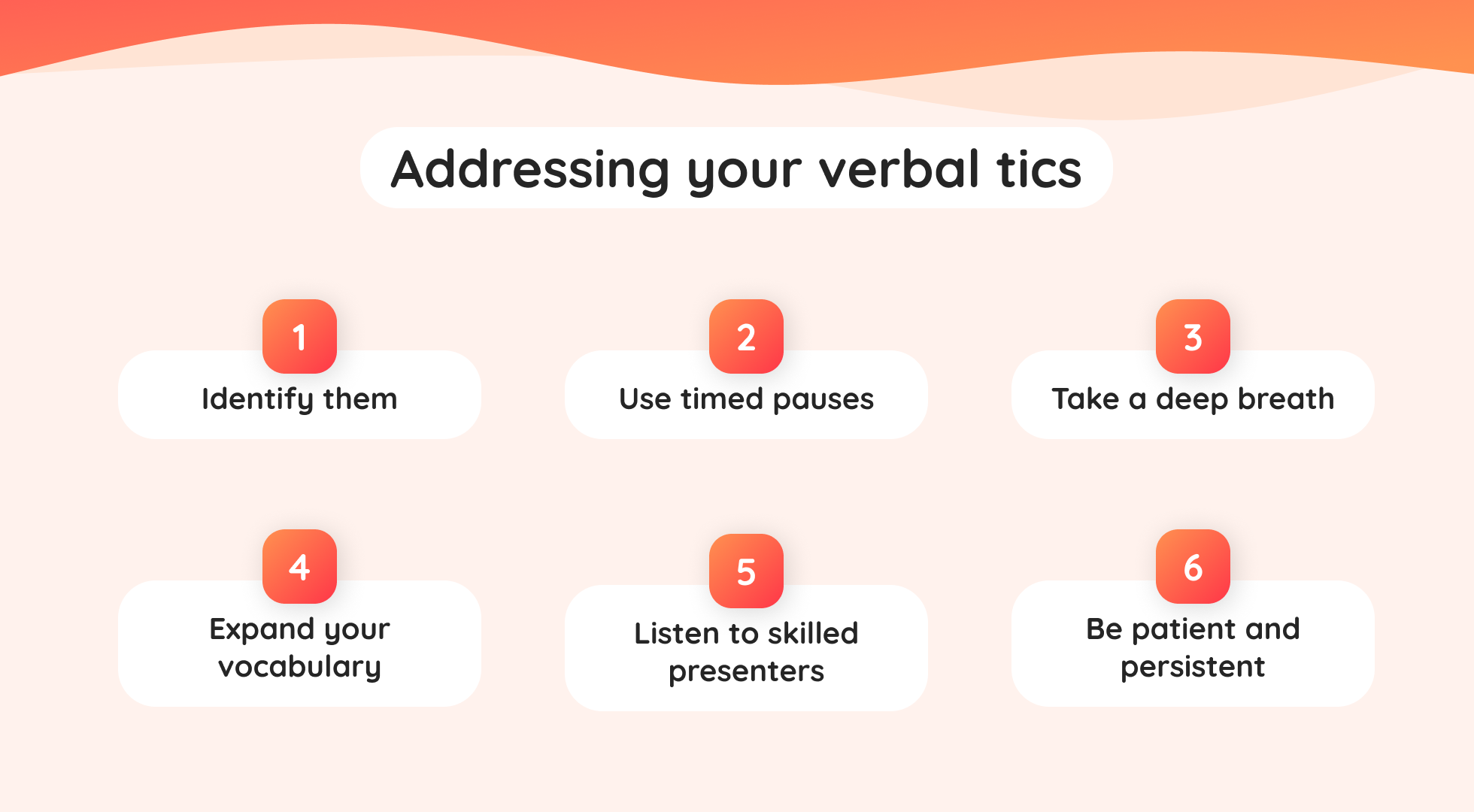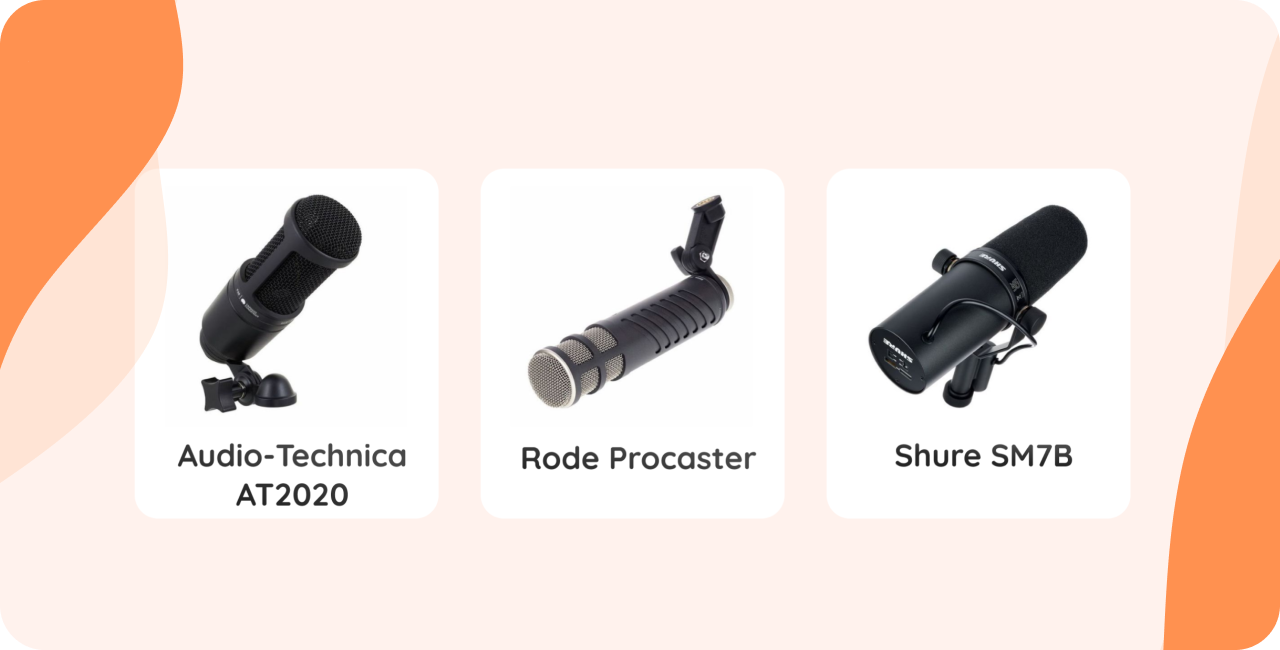Being a radio presenter is an exhilarating experience, but it also comes with great responsibility. Radio broadcasters need to be well prepared in order to offer the best possible content and keep listeners tuned in. There are a few things that can drive your audience crazy, so as a radio host, try and avoid them as much as possible!
1/ Talking over one another
When it comes to radio broadcasting, clear communication is essential. Whether you’re working alongside other radio broadcasters or hosting a guest, it’s crucial to avoid talking over one another. When multiple people speak simultaneously, it creates confusion and makes it difficult for your public to follow the conversation. As a result, you risk losing their attention and engagement.
To prevent this, make sure you prepare your radio show in advance. Establish a clear system of communication and coordination with your co-host or guest. Before going live, discuss the structure and flow of the show and assign specific roles and responsibilities to each participant. That way everyone knows what parts they want and can contribute to the spread smoothly.

This also includes interrupting your guests. Cutting people off can make you seem rude, and it may make your guest feel uncomfortable. We understand that timing is important during a radio show, try coming up with a visual signal beforehand so that you can indicate to your guest that they need to wrap up their answer. Clear communication and coordination beforehand will help you avoid awkward interruptions and maintain a cohesive listening experience for your public.
2/ Verbal tics
Verbal tics are a common occurrence in everyday speech, and radio broadcasters are not exempt from them. Whether it’s repeating a word such as “like”, “so”, “basically” or sounds like “errr”, “ummm”. It’s important to recognize that constant repetition of these verbal tics can be a major source of annoyance for listeners. Thankfully, there are strategies you can employ to minimize and eventually eliminate these repetitive habits from your on-air delivery.
This can be done by recording yourself during a radio show or even a casual conversation. Listen to these recordings again, or get feedback from a trusted friend or family member who can pinpoint the specific tics you’re usually relying on. Awareness is the first step to improvement.
Verbal tics often occur in places where there should be natural pauses or breaths in your speech. Once you’ve identified your tics, focus on replacing them with well-timed pauses or taking a deliberate breath. It might feel awkward at first, but with practice you’ll develop a more natural rhythm without having to rely on repetitive fills.

3/ Speaking over the music
We all have that one friend who can’t resist chattering away during movies, disrupting the experience for everyone else. It’s undeniably annoying. Well, guess what? The same principle applies to radio broadcasting. Radio broadcasters should know when to talk and, equally importantly, when not to talk over the music that is playing. Mastering the art of timing is a key skill that separates great radio broadcasters from the rest.
To ensure a seamless and enjoyable listening experience for your audience, your radio show should be properly planned out to minimize timing issues. This means strategically placing your spoken interventions just before or just after the music. By doing so, you create a harmonious balance between your voice and the music, enhancing the overall flow of your show.
Interrupting a song midstream or talking over the beginning or ending of a track can be jarring and frustrating for listeners who want to fully enjoy the music. It’s important to remember that the music itself holds immense power to evoke emotions, set the mood, and connect with your audience. By allowing the songs to play uninterrupted, you give your listeners the chance to fully appreciate and engage with the music you’ve carefully selected for them.
Remember, as a radio presenter, you have the power to curate a remarkable audio journey for your audience. By mastering the art of timing, knowing when to talk and when to let the music shine, you create an unforgettable radio experience that keeps your listeners coming back for more.
4/ Not knowing who’s talking
Don’t assume that everyone who’s listening to your radio station knows who you are! You will obviously have regular listeners who know you well but don’t forget your newer audience too. When people know who they’re listening to, there’s a higher chance that they will engage with that person and stay longer. It also makes it easier for people to look you up on social media and start following you on Twitter or Instagram for example.
This also goes for any guests that you may welcome on your radio too. Make sure to introduce them properly, and don’t hesitate to say phrases such as “We’re back with *guest name* on *radio name* to talk about *topic*” after an ad or music break. Highlight their achievements, expertise, or any relevant information that establishes their credibility and piques your listeners’ interest.
Remember, effective introductions and establishing a connection with your audience are pivotal for success in radio. By ensuring that both new and regular listeners know who they are listening to, you create a welcoming environment that encourages engagement, builds loyalty, and fosters a sense of familiarity. So, make a strong first impression, introduce your guests with enthusiasm, and create an atmosphere that keeps your public coming back for more.
5/ Speaking too fast
As a radio presenter, your voice is the only means you have to communicate with your audience. It’s therefore imperative that you make their listening experience as pleasant as possible. Your listeners don’t want to work hard in order to understand what you’re saying, so make sure that you don’t speak too fast and that you articulate clearly.
Speaking at a rapid pace can hinder the listening experience for your public. It’s crucial to avoid rushing through your content and instead embrace the power of well-placed pauses. By consciously avoiding speaking too fast and incorporating intentional pauses, you can create a natural rhythm in your speech that allows your listeners to absorb the information you’re conveying.
In addition, clear pronunciation also plays an important role in improving speech clarity. Avoid ambiguity, as this can confuse and frustrate your audience. Instead, focus on saying each word clearly so your audience can understand every aspect of your message.
Talking for long periods of time can put a strain on your voice and damage it, so be sure to do a few vocal warm ups before going live on air.
Top tip: Keep a bottle of water close by so that you can hydrate regularly.
6/ Not announcing the name of the song
Many people rely on radio broadcasters to show them new music, especially if you have a unique or very specific radio concept. Don’t assume that everyone listening automatically knows the name of the song that you’re broadcasting.
Being a radio presenter is much more than simply creating playlists. You need to accompany your audience in their listening experience. However, this doesn’t mean you should talk over the music or disrupt the flow. Instead, find a balance by introducing the name of the song and artist while launching the track. This brief mention allows listeners to identify and connect with the music they are hearing. Repeat the song title and artist once again after the track finishes, reinforcing the information for those who may have missed it initially or joined in mid-song.
Moreover, it’s helpful to provide additional context or interesting tidbits about the song or artist whenever possible. This could include sharing the inspiration behind the track, discussing the artist’s background, or mentioning any notable achievements or collaborations. By providing these insights, you enhance the overall listening experience and engage your audience on a deeper level.
7/ Too many ads
Ads are undoubtedly an important way to monetize your radio station, allowing them to continue providing quality content to their listeners. However, it’s crucial to strike a balance and avoid overwhelming your audience with an excessive number of advertisements. When the number of ads outweighs the amount of music or content, it can lead to listener frustration and the perception that making money is prioritized over delivering valuable experiences.
To maintain a healthy listener-advertiser relationship, consider implementing ad breaks strategically. By spacing out the ads and ensuring they don’t disrupt the flow of your show, you can create a more enjoyable listening experience. Additionally, be mindful of the duration of your ad breaks. Long, uninterrupted blocks of advertisements can be tedious for your audience. Instead, opt for shorter ad slots that allow your listeners to engage with a variety of content.
In addition to managing the quantity and duration of ads, it’s equally important to focus on the relevance of the radio advertisements you broadcast. Your audience tunes in to your radio station because they have specific interests, and tailoring your ads to their preferences can greatly enhance their experience.
8/ Bad audio quality
The quality of your online radio broadcast will also affect the listening experience of your audience. If your content is not broadcast in great quality, what’s to stop them from switching to one of the many other existing stations? There are several things to keep in mind to ensure that your audio quality is the best it can be. By paying attention to these aspects, you can create a professional and immersive listening experience for your public:
Stable Internet connection
Firstly, having a stable internet connection is crucial. Your online radio broadcast relies on a reliable internet connection to prevent dropouts, buffering, or interruptions that can frustrate your listeners. Invest in a high-quality internet service provider and ensure that your connection can handle the necessary bandwidth for streaming audio without any interruptions.
Invest in the quality of your music
Secondly, the quality of the music you play on your radio show significantly impacts the overall listening experience. When downloading music, opt for high-definition (HD) or even higher quality (HD+) audio files. These higher-quality audio files result in clearer sound reproduction, enhancing the enjoyment for your audience.
Check your stream quality
Additionally, it’s essential to check the stream quality of your online radio broadcast. The stream quality refers to the bitrate at which your audio is transmitted over the internet. Higher bitrates generally lead to better sound quality. When setting up your online radio stream, consider using bitrates such as 128kbps, 192kbps, or even 320kbps to provide a higher level of audio to your listeners.
Use a good microphone
Lastly, using a good microphone is crucial for delivering clear and professional-sounding broadcasts. Invest in a microphone that is suitable for broadcasting and recording purposes. A high-quality microphone will capture your voice accurately and minimize background noise, ensuring that your listeners can hear you clearly and enjoy the content you’re delivering.

9/ Dead air
Dead air is a nightmare for radio broadcasters (and their listeners!) It refers to an unintended period of silence, where no audio is broadcast on your radio. Although it is generally very rare, it’s a sure way to quickly lose listeners. Let’s face it, who’s going to stay tuned in to a station that’s not broadcasting anything? It could also put your audience off from coming back to your radio another time, as they may fear more issues during a future broadcast.
With online radio, dead air is usually the result of a technical error during a live broadcast. Make sure that you test your equipment (microphone, mixing desk, broadcasting software…) before going live to ensure that everything is will work properly during your show.
One way to avoid dead air is by having backup systems in place to address any technical failures. This includes having spare microphones, cables, and audio players ready to use. Consider investing in a backup power source to prevent interruptions due to power outages.
In the event that you do encounter technical difficulties resulting in dead air, it’s important to remain calm and composed. Panicking can lead to poor decision-making and exacerbate the situation. Take a deep breath, assess the issue, and take appropriate action to resolve it swiftly.
10/ Excluding your listeners
The bond between radio presenter and audience is super important, it’s what will keep them coming back for more. If your listeners are able to connect with you the chances are they will be loyal to your radio station. To keep this bond and make it grow stronger, it’s essential that they never feel excluded.
Even if you’re presenting with someone who you regularly host with and know well, avoid any private jokes that your audience won’t understand. They want to feel like they are part of the conversation, not just listening to it. You should also use inclusive terms such as “we”, “us”, “our”, etc…as much as possible!
Furthermore, actively involve your listeners in your show. Encourage them to participate through phone-ins, social media interactions, or dedicated segments where they can share their stories, opinions, or even ask questions. By providing opportunities for direct engagement, you demonstrate that their voices matter and that their contributions are valued.
Remember, as a radio presenter, your role extends beyond just broadcasting information or entertainment. It is about building meaningful connections with your listeners. By avoiding exclusivity, using inclusive language, and actively involving your audience, you create a welcoming and inclusive atmosphere that encourages loyalty, trust, and an enduring bond.
Don’t forget, the better prepared you are, the less likely you are to make any of these mistakes! That’s why it’s important to work on your content beforehand. If you don’t have your own radio station yet, start your free 14-day trial today.
